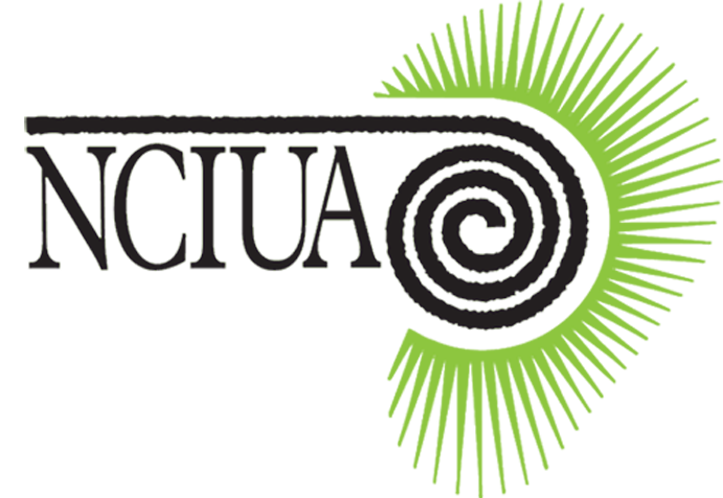NICE
On 28 Jan 2009 NICE, published a Health Technological Appraisal (TA 166) on the subject of “Cochlear Implants for severe to profound deafness in children and adults”.
Following submissions from leading stakeholders, including NCIUA, for an update to the criteria for cochlear implant candidacy, NICE opened a consultation in Jan 2018 for this to take effect.
On 4 Jan 2019, NICE published a part revision to TA 166 in which its new recommendations (TA 566) are:
1.1 Unilateral cochlear implantation is recommended as an option for people with severe to profound deafness who do not receive adequate benefit from acoustic hearing aids, as defined in 1.5. If different cochlear implant systems are considered to be equally appropriate, the least costly should be used. Assessment of cost should take into account acquisition costs, long-term reliability and the support package offered.
1.2 Simultaneous bilateral cochlear implantation is recommended as an option for the following groups of people with severe to profound deafness who do not receive adequate benefit from acoustic hearing aids, as defined in 1.5:
Adults who are blind or who have other disabilities that increase their reliance on auditory stimuli as a primary sensory mechanism for spatial awareness.
Acquisition of cochlear implant systems for bilateral implantation should be at the lowest cost and include currently available discounts on list prices equivalent to 40% or more for the second implant.
1.3 Sequential bilateral cochlear implantation is not recommended as an option for people with severe to profound deafness.
1.4 People who had a unilateral implant before publication of this guidance, and who fall into one of the categories described in 1.2, should have the option of an additional contralateral implant only if this is considered to provide sufficient benefit by the responsible clinician after an informed discussion with the individual person and their carers.
1.5 For the purposes of this guidance, severe to profound deafness is defined as hearing only sounds that are louder than 80 dB HL (pure-tone audiometric threshold equal to or greater than 80 dB HL) at 2 or more frequencies (500 Hz, 1,000 Hz, 2,000 Hz, 3000 Hz and 4,000 Hz) bilaterally without acoustic hearing aids. Adequate benefit from acoustic hearing aids is defined for this guidance as:
For adults, a phenome score of 50% or greater on the Arthur Boothroyd word test presented at 70 dBA
For children, speech, language and listening skills appropriate to age, developmental stage and cognitive ability.
1.6 Cochlear implantation should be considered for children and adults only after an assessment by a multidisciplinary team. As part of the assessment children and adults should also have had a valid trial of an acoustic hearing aid for at least 3 months (unless contraindicated or inappropriate).
NICE also made recommendations for further research:
6.1 That a randomised controlled trial should be carried out to examine the benefit of bilateral cochlear implantation compared with unilateral cochlear implantation in adults with severe to profound deafness.
6.2 That data on the health-related quality of life of children with bilateral cochlear implants should be collected and measured in accordance with NICE’s guide to the methods of technology appraisal.
The guidance on this technology will be considered for review in 2022
The full publication of this Final Appraisal Guidance can be seen here.
The background to this successful outcome, in which the NCIUA played a contributory role, is as follows:
In 2015, AGACI (Action Group for Adult Cochlear Implantation) was formed by leading stakeholders , professional researchers, BCIG and NCIUA. A series of authoritive reports were published which were submitted to NICE together with research papers in order to press NICE to consider a review of the key section 1.5 concerning cochlear implant candidacy. In 2008 NCIUA played a major role in the publication of the original TA 166 by providing Expert Witness interviews by our Chair and Vice Chair together with a full submission.
